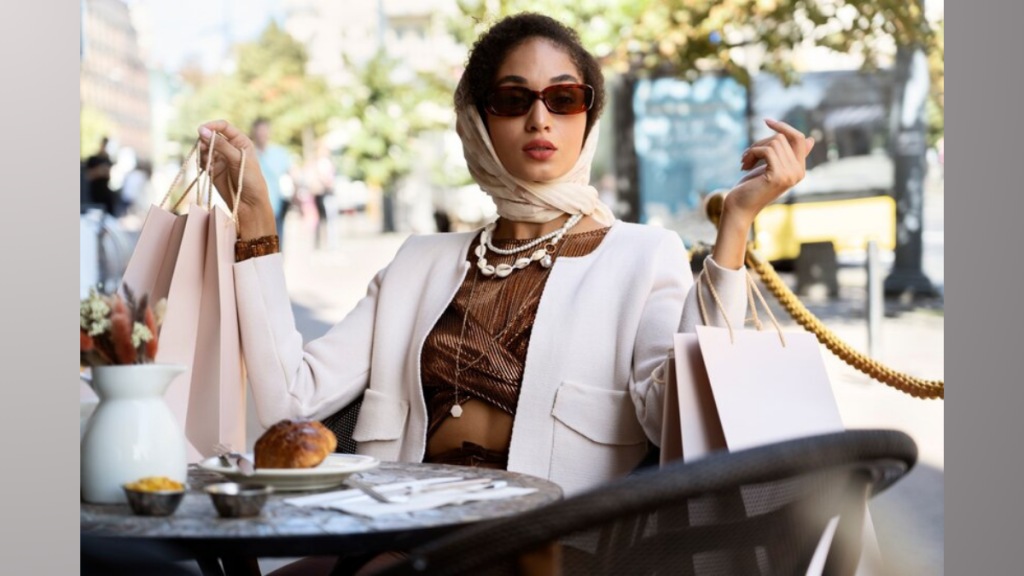Asia’s luxury market appears to be redefining what it means to be high-end. As traditional markers of prestige give way to new consumer values, luxury seems to be becoming more about authenticity and sustainability than mere exclusivity. This shift is visible across sectors like fashion, leather goods, and cosmetics, where rapid growth signals changing priorities. The rise of digital shopping and China’s booming middle class are driving these transformations. For anyone interested in the future of luxury, this evolving landscape offers crucial insights into how global trends are being shaped by a new generation of consumers.
Asia’s luxury market is on the brink of significant transformation, with projections indicating a revenue of $142.70 billion by 2024. This figure represents a substantial growth trajectory, with an expected annual increase of 3.90% through 2028, according to market research firm Statista.
Examining the various segments reveals intriguing dynamics. For instance, luxury fashion is set to expand from $22.91 billion in 2018 to $38.88 billion by 2028. This growth suggests a solid and sustained demand for high-end clothing in the region, reflecting broader economic trends and shifting consumer priorities. The consistent rise in this sector implies a growing consumer base with a strong affinity for luxury brands.
Similarly, luxury leather goods are projected to increase from $17.97 billion to $33.32 billion over the same period. This steady growth may indicate a preference for durable, premium items, underscoring the value placed on quality craftsmanship and timeless design.
The segment of luxury watches and jewellery, which is expected to grow from $36.96 billion in 2018 to $53.21 billion by 2028, stands out due to its significant market volume. This growth suggests that luxury watches and jewellery continue to serve as important symbols of status and investment. The expansion in this category aligns with broader trends in consumer behaviour and economic development.
Prestige cosmetics and fragrances are also set to rise from $20.16 billion to $37.58 billion. This increase points to a growing interest in high-end personal care products, reflecting both changing beauty standards and rising disposable incomes.
Overall, the luxury market’s total revenue, expected to increase from $100.50 billion to $166.30 billion, underscores a broad expansion across all segments. The per capita revenue of $31.40 in Asia by 2024 highlights the potential for further growth, particularly when compared to the United States’ higher per capita figures.
The role of e-commerce is also noteworthy. Online sales are anticipated to account for 15.5% of luxury revenue by 2024, indicating a significant shift towards digital retail channels. This trend highlights the importance of adapting to new consumer behaviours and leveraging online platforms to reach a broader audience.
China’s influence remains a key factor in this growth. The country’s expanding middle class is driving much of the demand for luxury goods, shaping both regional and global market dynamics.
In summary, the data suggests that Asia’s luxury market is not only growing but evolving in response to changing consumer preferences and economic conditions. Brands operating in this space will need to navigate these shifts carefully, balancing traditional luxury with emerging trends to capitalise on the region’s expanding opportunities.

